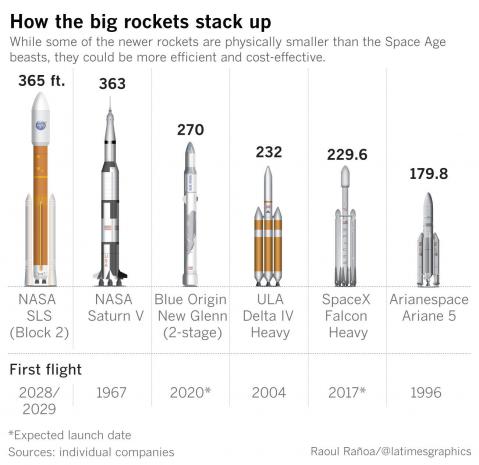
Breaking News
6.5x55 Swedish vs. 6.5 Creedmoor: The New 6.5mm Hotness
Best 7mm PRC Ammo: Hunting and Long-Distance Target Shooting
 Christmas Truce of 1914, World War I - For Sharing, For Peace
Christmas Truce of 1914, World War I - For Sharing, For Peace
Top Tech News
 EngineAI T800: Born to Disrupt! #EngineAI #robotics #newtechnology #newproduct
EngineAI T800: Born to Disrupt! #EngineAI #robotics #newtechnology #newproduct
 This Silicon Anode Breakthrough Could Mark A Turning Point For EV Batteries [Update]
This Silicon Anode Breakthrough Could Mark A Turning Point For EV Batteries [Update]
 Travel gadget promises to dry and iron your clothes – totally hands-free
Travel gadget promises to dry and iron your clothes – totally hands-free
 Perfect Aircrete, Kitchen Ingredients.
Perfect Aircrete, Kitchen Ingredients.
 Futuristic pixel-raising display lets you feel what's onscreen
Futuristic pixel-raising display lets you feel what's onscreen
 Cutting-Edge Facility Generates Pure Water and Hydrogen Fuel from Seawater for Mere Pennies
Cutting-Edge Facility Generates Pure Water and Hydrogen Fuel from Seawater for Mere Pennies
 This tiny dev board is packed with features for ambitious makers
This tiny dev board is packed with features for ambitious makers
 Scientists Discover Gel to Regrow Tooth Enamel
Scientists Discover Gel to Regrow Tooth Enamel
 Vitamin C and Dandelion Root Killing Cancer Cells -- as Former CDC Director Calls for COVID-19...
Vitamin C and Dandelion Root Killing Cancer Cells -- as Former CDC Director Calls for COVID-19...
 Galactic Brain: US firm plans space-based data centers, power grid to challenge China
Galactic Brain: US firm plans space-based data centers, power grid to challenge China
A new generation of giant rockets is about to blast off

Later this year, SpaceX plans to launch its most powerful rocket yet from the same pad. The long-awaited Falcon Heavy is key to the Hawthorne company's plans to ramp up its defense business, send tourists around the moon and launch its first uncrewed mission to Mars.
But unlike the Saturn V, the Falcon Heavy will have plenty of competition.
Years in the works and the product of hundreds of millions of dollars of investments, a new generation of huge rockets will soon take to the skies. Their manufacturers range from space start-ups to aerospace giants to the space agencies of the United States, Russia and China.
Thanks to advances in fuel, materials and electronics, the new rockets, while physically smaller than some of the Space Age beasts, may be more efficient and cost-effective. They will be able to hoist massive spy satellites to a high orbit or ferry crews into deep space.
The rush of new rockets has prompted some to question whether NASA even needs to build its own massive new space vehicle — and whether there will be enough launch business to go around.

 The State's Last Stand
The State's Last Stand


